The content of the article
In domestic conditions, cuts are quite common. There is not a single person who does not cut his hand. A cut is an injury to the skin that causes bleeding. Sometimes the bleeding is so strong that it can be stopped only by special means and special methods.
During a cut, the integrity of the blood vessels is damaged, which is why blood flows. After a while, the blood will begin to clot and a wound will form in place. However, we need to speed up this process before a person loses a lot of blood. In addition, we need to protect an open wound from infection.
Most often cuts occur on the fingers, where there is a collection of blood vessels. That is why the cut on the finger is bleeding so badly.If you cut yourself, you need to quickly determine the approximate depth of the wound. After all, the principles of stopping bleeding in deep and superficial cuts are slightly different.
How to stop the blood with a superficial cut
- For a small cut, wash the wound with a stream of cold water. This not only clears the cut from contamination (important when cutting with a dirty knife, broken glass), but also slightly narrows the blood vessels.
- If blood continues to flow after cold water, press the wound with a clean cotton swab or bandage. Squeezing for a few minutes will help stop the blood.
- Then treat the edges of the wound with a bactericidal agent and stick a plaster on the wound or bandage it.
How to stop the blood with a deep cut
- With a deep cut, you must act quickly, because a person can lose a lot of blood. For first aid, you need a bandage, a piece of clean cloth, antiseptic, water.
- It is necessary to raise the arm with the cut so that the wound is above the level of the heart. This will reduce the bleeding rate.
- First you need to wash the wound with a cloth moistened with water.You should not substitute a deep cut under the stream of water, because the bleeding may increase.
- If there are foreign objects in the wound, you need to remove them. If this does not work, you need to bandage the cut and go to a medical facility.
- Before you bandage the wound, you need to treat it with an antiseptic to avoid infection. You can simply pour hydrogen peroxide into the wound and moisten the fabric you will apply to the wound with peroxide.
- With a deep cut, try to bring the wound edges as close as possible to each other and put a cloth on top, and then tightly band the cut. If blood shows through, apply another layer of gauze dressing.
- With strong stabbing, stabbing and cutting cuts, it is best to consult a doctor immediately after providing first aid to a person.
It is impossible! If glass fragments remain in the cut, do not extend the wound and try to get an alien object. You need to put a plait on the arm or leg 10 cm above the wound to stop the bleeding, cover the wound with a clean cloth and immediately go to the hospital.
Antiseptics to cut disinfection
Before you bandage the wound, you need to disinfect its edges.Because ingestion of germs, bacteria and infections can lead to serious problems. You can disinfect the wound with several bactericidal agents that are in every home.
- Hydrogen peroxide. This is a universal remedy that should be in every home. Hydrogen peroxide, in addition to its powerful antibacterial agent, does not pinch and does not cause pain when treating a wound.
- Iodine and its derivatives - Yodoform, Yodonat, Betadine, Yodonol, Yoks.
- Zelenka (solution of brilliant green). Now in the pharmacy you can buy brilliant green not only in its traditional form, but in the form of powder and a pencil, which makes the wound much easier to handle.
- Potassium permanganate A strong solution of potassium permanganate is used for washing cuts, burns, abrasions.
- Furacilin. These little yellow pills are in every home and when cut, their solution can disinfect the wound better than peroxide.
- Alcohol or vodka. In field conditions, when there are no medicines at hand, you can disinfect the cut with alcohol or vodka. However, be prepared for burning.
- Vishnevsky ointment. It is used to treat purulent tumors and cuts, has a pronounced antiseptic property.
Be careful! If you yourself have treated the wound and stopped the blood, you should watch the cut for several days. If after a few days the edges of the wound became red, swollen and painful, then infection still occurred. It is necessary to apply stronger antiseptics, but it is better to consult a doctor. The same should be done if, after a cut, you find a violation of the movements of the fingers. You could damage the tendons, which led to such consequences.
How to stop bleeding folk remedies
There are many plants and herbs that have antiseptic and hemostatic properties. Consider some of the most effective recipes that will help stop blood at home.
- Plantain. This is the most popular and natural remedy for cuts, abrasions and wounds. A clean sheet of plantain should be applied to the affected area to disinfect the edges of the cut. For greater effect, you need to soften the plantain leaf with a rolling pin.
- Calendula. This herb has a pronounced antimicrobial agent. Her decoction can be used as an antiseptic for cuts, as well as in the treatment of ulcerative and purulent inflammations.Prepare from the fresh or dried grass strong saturated broth. Dampen a piece of clean bandage in it and apply it to an open wound. Place a piece of cling film over the lotion so that the decoction is not absorbed into the bandage, but applied as intended. Then apply a bandage and leave overnight. In the morning, the inflammation, redness and swelling will subside, the wound will begin to heal much faster.
- Nettle tincture. In the villages for cases of cuts and abrasions in the cellar there was always a tincture of nettle. The glass bottle must be filled with fresh nettle leaves and filled with vodka or alcohol. Put in a dark place and periodically shake the container. After three weeks, the tincture is ready - it can treat any wounds, inflammations, gargle with sore throat, and even wipe the skin of the face in the fight against acne. The tincture is stored for several months in a cool place.
- Egg film. If you cut yourself on a picnic, have forgotten a first-aid kit at home, and there is no plantain nearby - an egg will help you. In boiled eggs you need to remove a thin film that is adjacent to the shell. Apply a wrap to the cut, and the bleeding will stop.
- Aloe. This plant is in almost every home.To stop the blood, you need to take the largest sheet of the plant and cut it along, so that the area of the cut was maximum. Then attach the sheet with a cut to the wound and band it very tight. This will help stop the blood and disinfect the cut.
After the incident, you need to protect and immobilize the place of the cut. Do not soak or disturb the wound, as it heals faster. And next time be extremely careful with sharp objects!
Video: first aid for abrasions and cuts

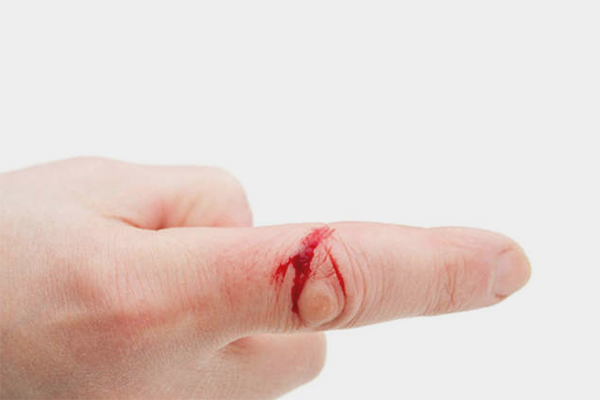
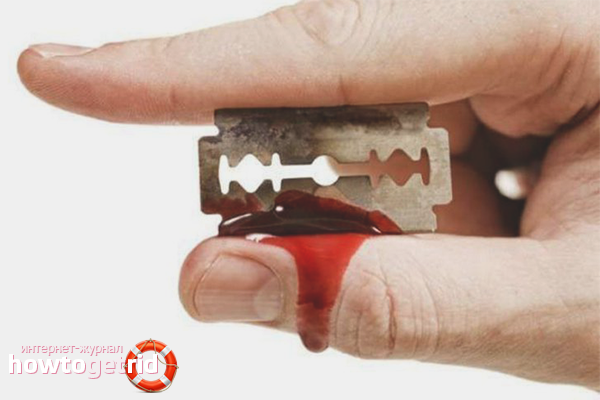
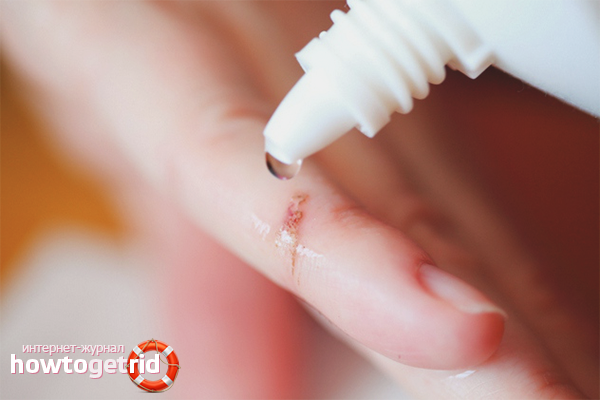
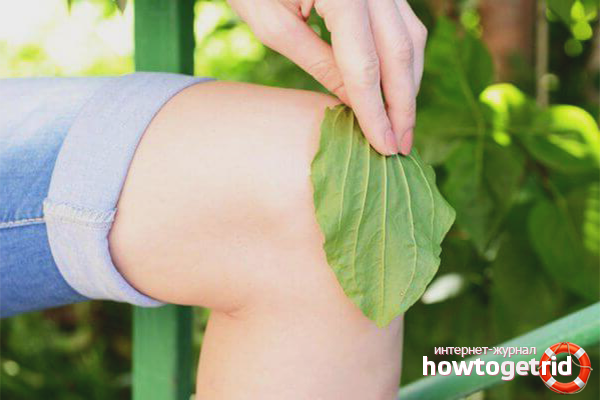


 6 votes, on average: 3,67 out of 5
6 votes, on average: 3,67 out of 5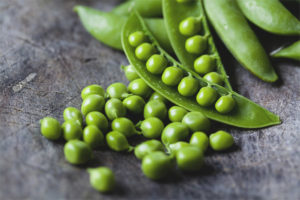
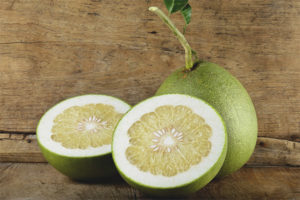
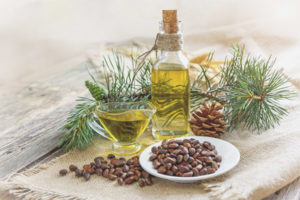
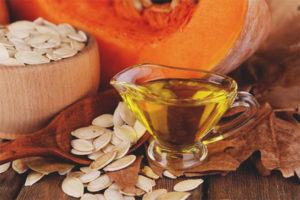
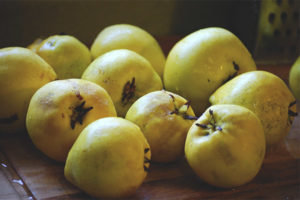

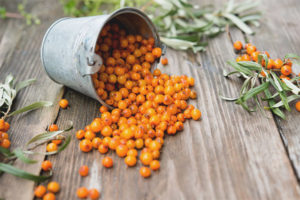

To send
Thank. My hands are crooked - forever I’ll cut myself, then something else ... Actually, in general, I’ve saved them in the bookmarks.